Picking a Pad To Fit Your Playstyle
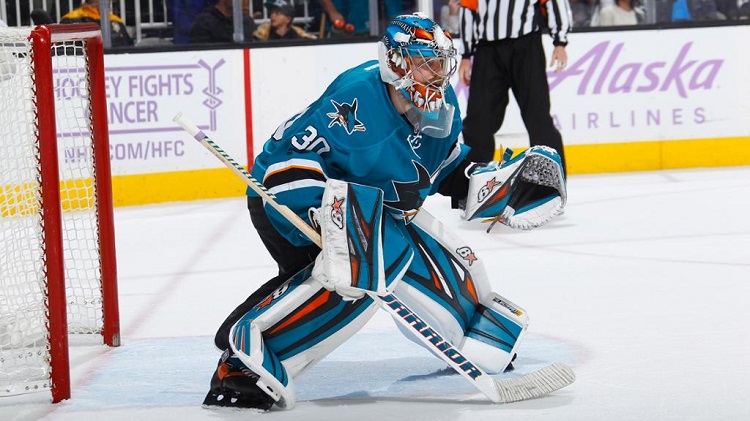
Aaron Dell in his Brian’s Subzero 3’s, skinned to look like Gnetik III’s
When buying new gear, it is important to find gear that fits your specific style of play. Leg pads in particular are one of the most important (and expensive!) purchases. Goalies today have an incredibly diverse choice of leg pads, though in their most basic terms, pads can be sorted into two categories: stiff pads, and soft pads.
What we will cover:
- The difference between stiff and soft pads
- Advantages and disadvantages of each design
- How pads impact your style of play
- Common examples of pads in each category
It needs to be said before we get into the distinctions between the two categories that all pads today are butterfly pads. Soft pad or stiff pad, both will perform properly in the butterfly. Both will slide very well. Both will exhibit proper rotation. What we are discussing here are some of the finer details and nuances that will help to fit a pad to your specific style.
The Traditional Soft Pad
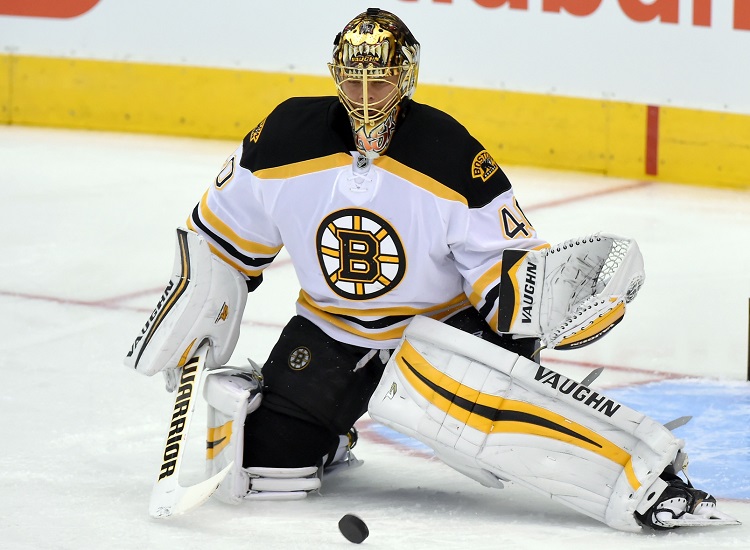
Tuukka Rask wearing Vaughn V7 XF pads
Traditionally identified by knee rolls and multiple breaks in the V-roll, the soft pad tends to move with the goalie a little bit more, and flexes to accommodate their movement. This kind of pad tends to kill rebounds when struck. A soft pad absorbs much of the force of impact, leaving the puck nearby to be covered up. In addition, their boot tends to be softer, allowing for a deeper flex if wanted, and some have a tapered toe. Make no mistake though, those beautiful knee rolls are almost entirely for aesthetic purposes.
The soft pads on the market today are not like the pads of the past. They are no longer stuffed full of shredded foam or deer hair—rather, they have a solid core with multiple breaks in it at flex points near in the boot, below the knee, and sometimes above the knee. In front of this core layer are layers of impact dampening foam that help to deaden the rebounds. This pad can work well for the goalie who perhaps is not yet comfortable with the butterfly style, or plays more of a hybrid style. Alternatively, goalies who are very athletic or flexible will enjoy this kind of pad, as it allows them to utilize their full range of movement. Finally, this pad will be for any goalie who places an emphasis on keeping their rebounds in tight.
While a soft pad can move with a goalie very well, they may not have the same coverage as a stiffer pad in the same size. This is partially due to torsion in the pad that can happen easier due to the inner construction. Additionally, soft rebounds can be a gift to the shooter in the slot if not properly handled.
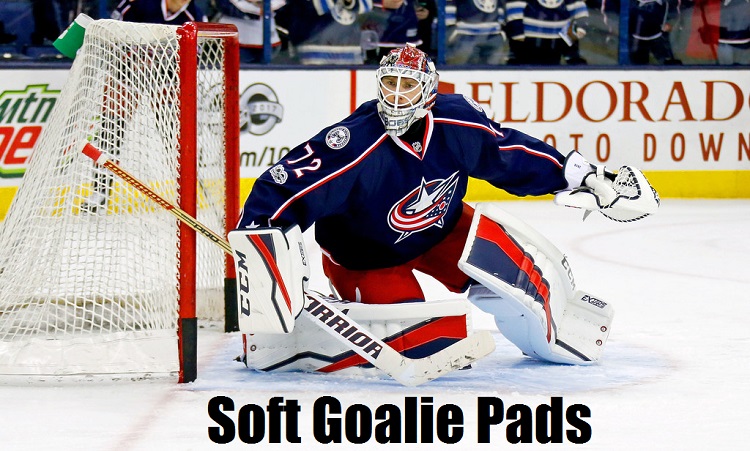
Sergei Bobrovsky in his CCM Eflex III pads, due to release in April
Pads that would fall into this category:
- Bauer Reactor line
- Traditional knee rolls and leather strapping
- Not the lightest pads on the market
- Brian’s Gnetik Series
- Some of the lightest soft pads on the market right now at 4.6 lbs per pad for Gnetik III’s
- Smart-Strap elastic strapping system
- No knee rolls, slightly stiffer face of pad than other soft pads
- Brian’s Heritage line (February 2017)
- Traditional leather strapping, knee rolls, and soft construction
- Quite light for a soft pad–coming in at 5 lbs per leg
- CCM Eflex II Line
- Some of the most popular pads on the market
- Traditional knee rolls, leather strapping
- Some of the heavier pads on the market
- CCM Eflex III Line (April 2017)
- Thinned out profile compared to Eflex II
- New material for better sliding
- Much lighter than previous line—5.2 lbs per pad
- Vaughn VPG XF Lineup
- A staple of traditional pad design
- Flattened knee rolls for more predictable rebounds
- Carbon reinforced construction prevents shrinking over time
- Warrior Ritual GT (upcoming!)
- Warrior’s take on the traditional pad design, still uses their revolutionary strapping
- Traditional knee rolls
- Tapered boot break designed to seal to the ice when in butterfly
The Stiff Pad
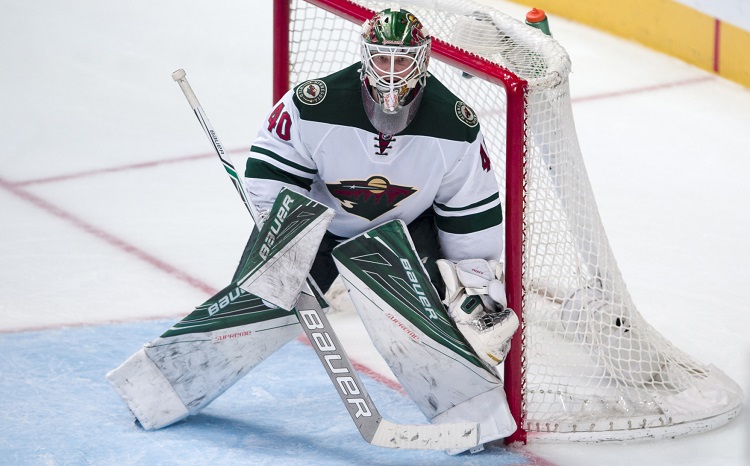
Devan Dubnyk has been wearing the Bauer Supreme 1S pad for the past few seasons Image credit Blueseatblogs
The stiff pad is what many people picture when they think of a butterfly goalie. With their flat faces and steeper boot angles, stiff pads take up as much of the net as possible. These pads will send rebounds far into the corners, and will generally stand taller and straighter. If soft pads move with you, stiff pads allow you to move, while sitting on top, to provide more coverage. These pads are by no means unwieldy though. Stiff pads such as the Warrior G3’s tend to be some of the lightest on the market.
Their construction is usually of a solid core, with flex points at the boot, and occasionally, right below the knee. In front of that will lay high density foam, which helps to deal with the rebounds. Goalies who will find this pad suits them are ones who are comfortable in the butterfly, and who want to have as much coverage as possible. If you have a very narrow butterfly, stiff pads can be gotten with an aggressive pre-curve to help close the 5-hole, though this is an option that more flexible goalies may find interferes with their movement. Of course, if you would like your rebounds to bounce deep into the corners, this style of pad will be for you.
Mishandled rebounds from a stiff pad are also not a happy occasion. If, instead of shooting into the corner, your rebound careens directly onto a player’s stick, you will have less time to get over to make that save.
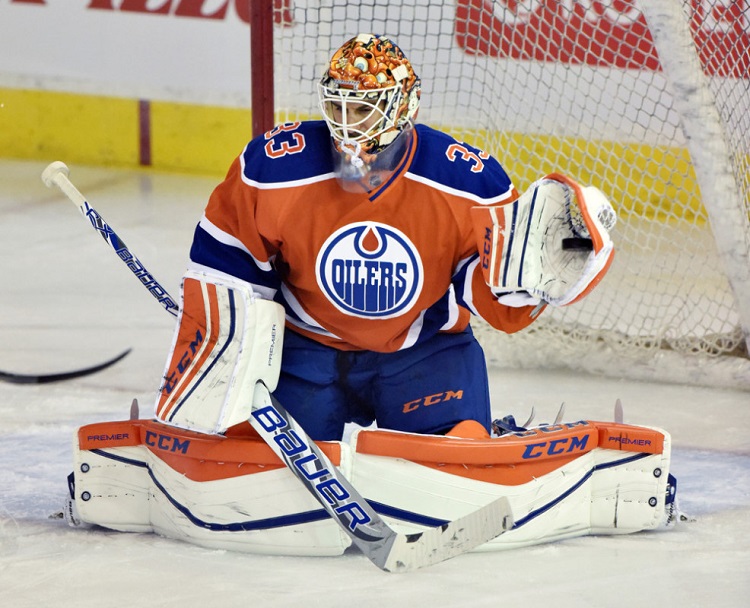
Cam Talbot in his CCM Premier Pads: image credit The Oilers Rig
Pads that would fall into this category:
- Bauer Supreme 1S Line
- One of the lightest pads on the market, this pad utilizes fully screen-printed graphics, and a one-piece skin as opposed to leather or jenpro
- Custom Rotation System elastic strapping saves weight and eliminates buckles
- Durability of new materials is uncertain at this point
- Brian’s Subzero Line
- Pioneers of elastic strapping for goal pads, Brian’s have used their Smart-Strap system for several generations of this pad
- Capable of impressive custom options, Brian’s is one of the last Companies to build their pro-level pads in Canada
- Entry level Netzero line are excellent pads for a starter price
- Weigh in at only 4.6 lbs per pad
- CCM Premier Line
- One of the most popular pads on the market, the Premier is a classic for butterfly goalies
- One of the heavier pads on the market
- Still uses leather strapping
- Vaughn Ventus Series
- Also has pro options made in Canada
- New strapping system and pad design decreases weight to under 4.6 lbs per pad
- Warrior Ritual G3 Line
- The lightest pads on the market right now at 4.2 lbs per pad, the Warriors are on the cutting edge of design and innovation
- Senior line has some of the highest quality pads for that price point
- All elastic strapping—from toe tie to knee block
With all that in mind, it is important to understand that not everything is perfectly cut and dry. While the Warrior Ritual G3’s are a stiff pad for rebounds, they have a fair amount of flex throughout. The Brian’s subzero 3’s are a very stiff pad, except for the boot, which is one of the softest on the market.
What you should have gained from this article is a greater understanding of the general structure of pads, and how they will impact how your play. If you are not sure what kind of pad suits your style, it is highly recommended to try as many pads on in store as possible. You will get the best idea of fit and feel in person, though you can still choose to buy online after you have a good understanding.
Want to Browse Online?
There are A LOT of options when it comes to goalie gear. If you’re like most goalies you want to browse gear and compare prices before you head to the store to try it on. Check out some of the sites below to dream about your next set-up
- Goalie Monkey
- Pro Hockey Life Goalies – For Canadians
- Brians
- Goalie King
- Vaughn
If you just want to hang out, talk about technique, or buy used gear you can try
For deals on goalie gear visit our site sponsor below
